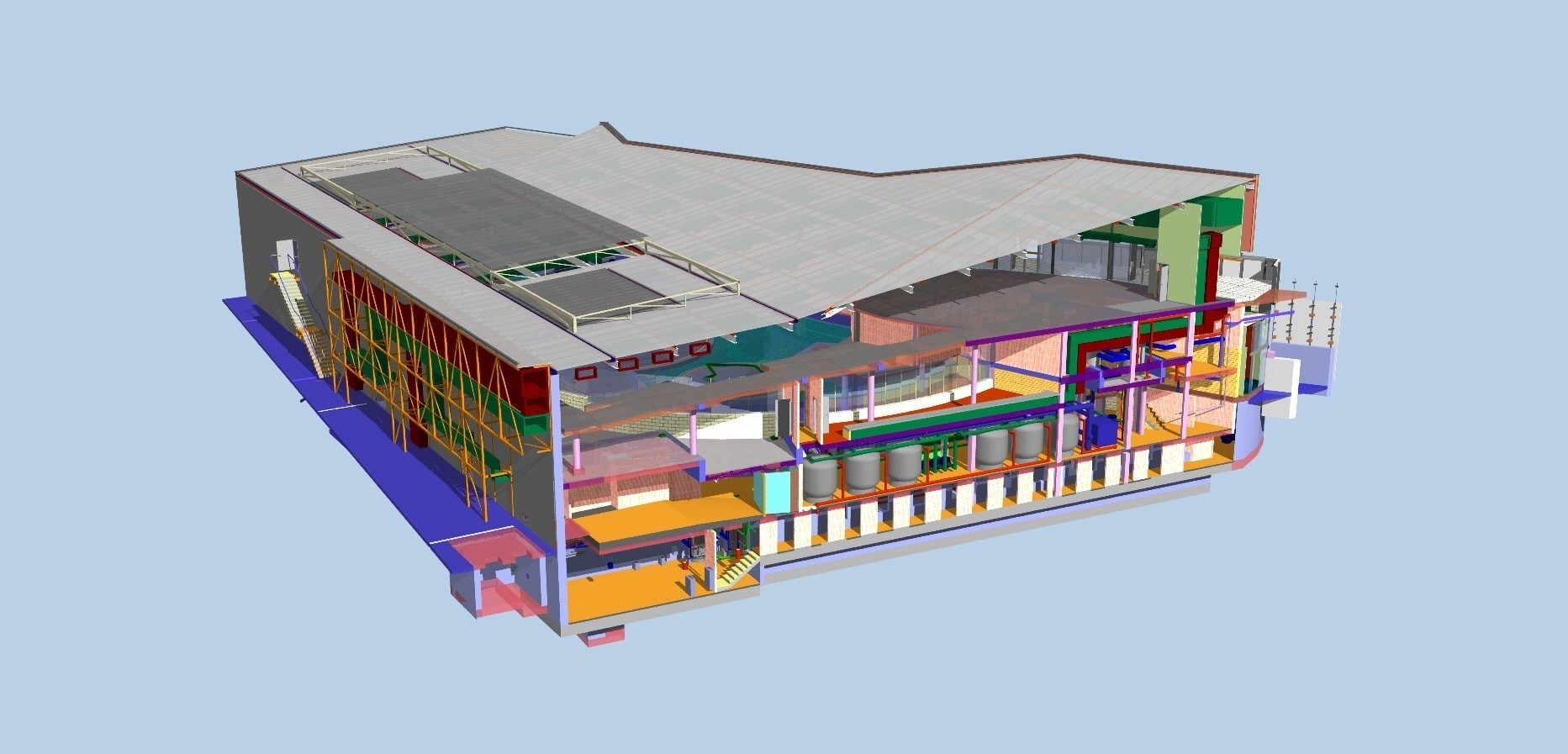Call (800) 261-7282

Building details modeling (BIM) is a process supported by various tools, innovations and contracts involving the generation and management of digital representations of physical and practical characteristics of places.electrical engineering design services Building information models (BIMs) are computer files (typically but not always in proprietary formats and containing proprietary information) which can be extracted, exchanged or networked to support decision-making relating to a built property.
The concept of BIM has been in advancement given that the 1970s, but it only ended up being a predetermined term in the early 2000s. building information modeling services. Advancement of requirements and adoption of BIM has progressed at various speeds in different countries; standards established in the UK from 2007 onwards have formed the basis of international basic ISO 19650, launched in January 2019.
The first software application tools established for designing buildings emerged in the late 1970s and early 1980s, and included workstation items such as Chuck Eastman’s Structure Description System and SLIDE, RUCAPS, Sonata, Reflex and Gable 4D Series – building information modeling services. The early applications, and the hardware required to run them, were expensive, which limited widespread adoption.

The term ‘Structure Details Model’ very first appeared in a 1992 paper by G.A. van Nederveen and F. P. Tolman. However, the terms ‘Building Information Model’ and ‘Building Details Designing’ (including the acronym “BIM”) did not become commonly used up until some ten years later on – building information modeling services. In 2002, Autodesk released a white paper entitled “Building Info Modeling,” and other software application vendors likewise began to assert their participation in the field.
Assisting in exchange and interoperability of information in digital format had actually formerly been offered under varying terminology by Graphisoft as “Virtual Building”, Bentley Systems as “Integrated Job Models”, and by Autodesk or Vectorworks as “Structure Details Modeling”. The pioneering function of applications such as RUCAPS, Sonata and Reflex has actually been recognized by Laiserin in addition to the UK’s Royal Academy of Engineering.
These applications vary from architectural preparing tools such as AutoCAD by enabling the addition of additional info (time, cost, producers’ details, sustainability, and upkeep information, etc. building information modeling services.) to the structure model. As Graphisoft had actually been establishing such options for longer than its rivals, Laiserin regarded its ArchiCAD application as then “one of the most fully grown BIM solutions on the market.” Following its launch in 1987, ArchiCAD became regarded by some as the first execution of BIM, as it was the first CAD product on a personal computer system able to produce both 2D and 3D geometry, as well as the very first industrial BIM item for computers.
To achieve interoperability in between applications, neutral, non-proprietary or open standards for sharing BIM information amongst various software application applications have actually been established. building information modeling services. Poor software interoperability has long been concerned as an obstacle to industry performance in general and to BIM adoption in particular. In August 2004 a United States National Institute of Standards and Technology (NIST) report conservatively estimated that $15.
capital facilities industry due to inadequate interoperability developing from “the extremely fragmented nature of the industry, the market’s continued paper-based service practices, a lack of standardization, and irregular technology adoption amongst stakeholders”. An early BIM requirement was the CIMSteel Integration Requirement, CIS/2, a product model and data exchange file format for structural steel job information (CIMsteel: Computer Integrated Production of Constructional Steelwork).
It was established by the University of Leeds and the UK’s Steel Construction Institute in the late 1990s, with inputs from Georgia Tech, and was approved by the American Institute of Steel Building as its data exchange format for structural steel in 2000. BIM is frequently related to Market Foundation Classes (IFCs) and aecXML information structures for representing details developed by buildingSMART (building information modeling services).
Construction Operations Structure information exchange (COBie) is also connected with BIM. COBie was created by Costs East of the United States Army Corps of Engineers in 2007, and assists capture and record equipment lists, item data sheets, service warranties, extra parts lists, and preventive maintenance schedules. This information is used to support operations, upkeep and possession management when a constructed possession remains in service.
COBie has actually been incorporated into software, and might take numerous forms including spreadsheet, IFC, and ifcXML. building information modeling services. In early 2013 BuildingSMART was working on a light-weight XML format, COBieLite, which appeared for review in April 2013. In September 2014, a code of practice relating to COBie was released as a British Requirement: BS 1192-4.
UK BS and PAS 1192 requirements form the basis of more parts of the ISO 19650 series, with parts on property management (Part 3) and security management (Part 5) released in 2020 – building information modeling services. The IEC/ISO 81346 series for reference classification has actually published 81346-12:2018, likewise referred to as RDS-CW (Reference Designation System for Building Works).
